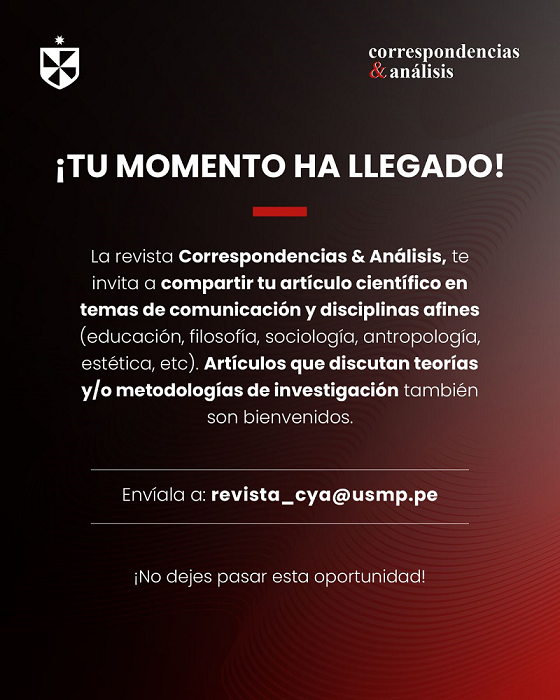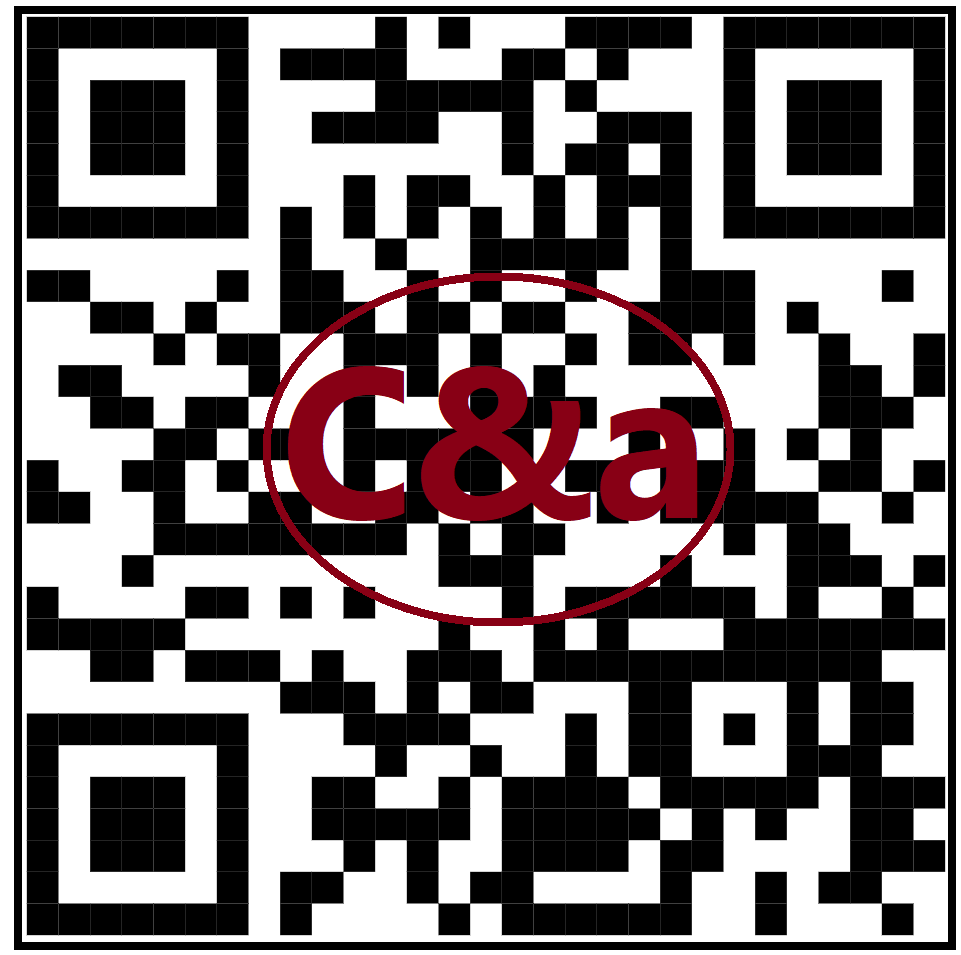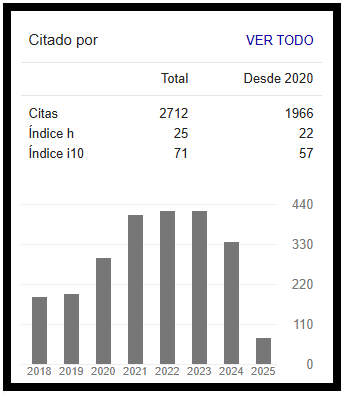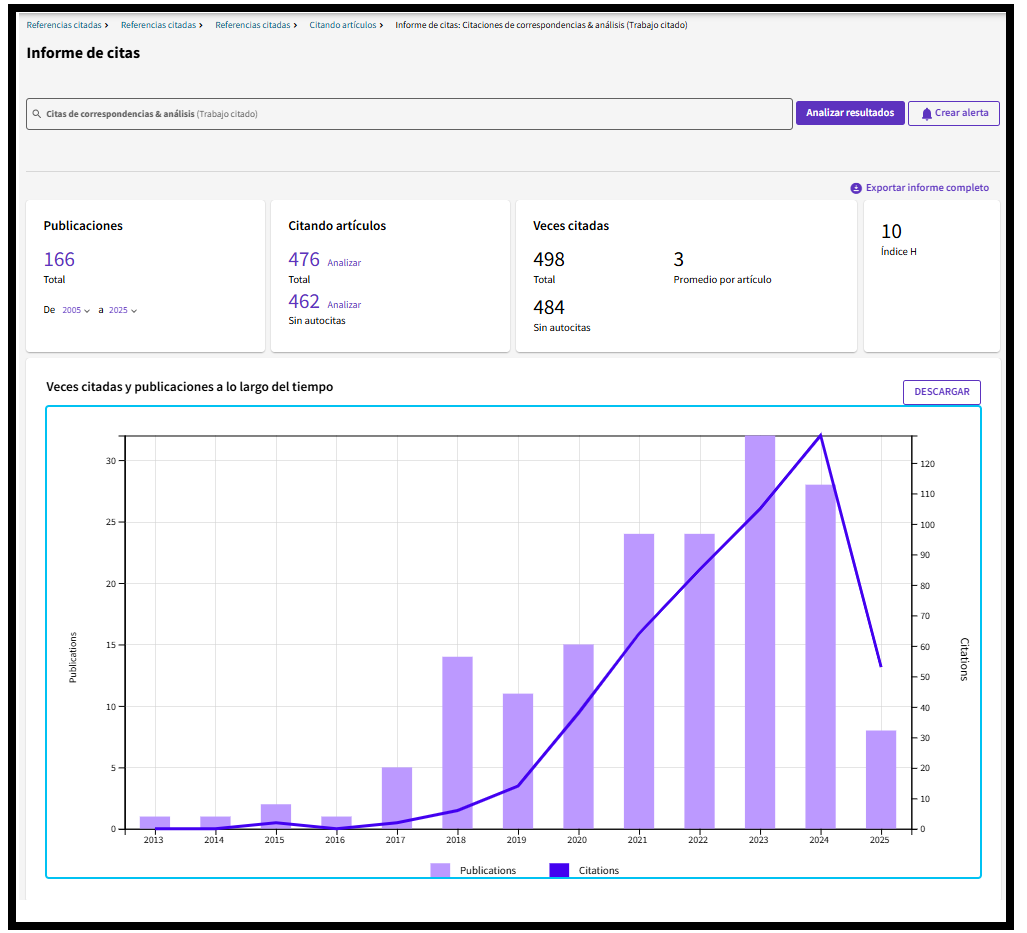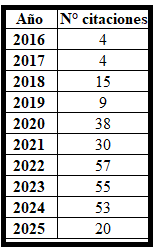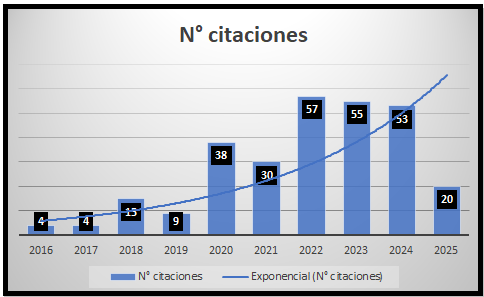Analysis of Latin American research in the field of communication and public opinion
DOI:
https://doi.org/10.24265/cian.2020.n11.03Keywords:
Agenda setting, news framing, public opinion, social networks, interactive communicationAbstract
We analyzed papers published by researchers from Latin American and from Spain and Portugal (Ibero-America) in the last three years, in the field of public opinion. This study identified topics of interest and principal research techniques. We used qualitative analysis program NVivo11 in the analysis of the findings. As a result, it can be highlighted the predominance of investigation on digital communication, centrally on the digital social network, particularly on Twitter.
Metrics
Downloads
References
Agencia de la ONU para los refugiados, ACNUR. (2017) Tendencias globales. Desplazamiento forzado en 2017. https://www.acnur.org/5b2956a04.pdf
Ardèvol-Abreu, A. (2015a). Construcción de la agenda y de los encuadres noticiosos de los países en situación de crisis humanitaria: valores-noticia y selección de fuentes. Communication & Society, 28(1), 43-62. https://revistas.unav.edu/index.php/communication-and-society/article/view/35967
Ardèvol-Abreu, A. (2015b). Framing o teoría del encuadre en comunicación. Orígenes, desarrollo y panorama actual en España. Revista Latina de Comunicación Social, 70, 423-450. http://doi.org/10.4185/RLCS-2015-1053
Arráez, R. (1998). La comunicación para el desarrollo. Su aplicación para el medio radio. Revista Latina de Comunicación Social, 9(1). https://bit.ly/2RGQvEF
Capriotti, P. (2009). Branding Corporativo. Libros de la Empresa.
Castells, M. (2009). Comunicación y poder. Alianza. Chávez, R., Romero-Rodríguez, L., & Aguaded, I. (2016). Problemas de la divulgación de las investigaciones en Comunicación en revistas de alto impacto en español. Revista F@ro, 1(23). http://www.revistafaro.cl/index.php/Faro/article/view/470
Cortina, A. (1997). Ciudadanos del mundo. Hacia una teoría de la ciudadanía. Alianza.
De Vreese, C., Boomgaarden, H., & Semetko, H. (2011). (In)direct framing effects: The effects of news media framing on public support for Turkish membership in the European Union. Communication Research, 38(2), 179 -205. https://doi.org/10.1177/0093650210384934
Delgado-López-Cózar, E., & Repiso-Caballero, R. (2013). The Impact of Scientific Journals of Communication: Comparing Google Scholar Metrics, Web of Science and Scopus. Comunicar, 21(41), 45-52. https://doi.org/10.3916/C41-2013-04
Departamento Administrativo Nacional de Estadística, DANE. (2020). Portal oficial. https://www.dane.gov.co/
Entman, R. (2007). Framing Bias: Media in the Distribution of Power. Journal of Communication, 57(1), 163-173. https://doi.org/10.1111/j.1460-2466.2006.00336.x
Escribà-Sales, E., & Cortiñas, S. (2013). Internationalization and Coauthorship in Major Communication Journals in Spain. Comunicar, 21(41), 35-44. https://doi.org/10.3916/C41-2013-03
Fernández-Quijada, D., & Masip-Masip, P. (2013). Three Decades of Spanish Communication Research: Towards Legal Age. Comunicar, 21(41), 15-24. https://doi.org/10.3916/C41-2013-01
Ginty, R., & Firchow, P. (2016). Top-down and bottom-up narratives of peace and conflict. Politics, 36(3), 308-323. http://doi.org/10.1177/0263395715622967
González-Samé, H., Romero-Rodríguez, L., & Aguaded, I. (2017). La investigación en comunicación en Latinoamérica: Una aproximación histórica (1950-2016). Historia y Comunicación Social, 22(2), 427-445. https://doi.org/10.5209/HICS.57853
Habermas, J. (1981). Historia y crítica de la opinión pública. Editorial Gustavo Gili.
Habermas, J. (1998). Facticidad y validez. Trotta.
Igartua, J., Muñiz, C., & Cheng, L. (2005). La inmigración en la prensa española. Aportaciones empíricas y metodológicas desde la teoría del encuadre noticioso. Migraciones, 17, 143-181.
Igartua, J., Muñiz, C., Otero, J., & De la Fuente, M. (2007). El tratamiento informativo de la inmigración en los medios de comunicación españoles. Un análisis de contenido desde la teoría del framing. Estudios sobre el mensaje periodístico, 13, 91-110.
Iyengar, S. (1990). The accessibility bias in politics: television news and public opinion. International Journal of Public Opinion Research, 2(1), 1-15. https://doi.org/10.1093/ijpor/2.1.1
Iyengar, S., & Hahn, K. (2009). Red Media, Blue Media: Evidence of Ideological Selectivity in Media Use. Journal of Communication, 59(1), 19-39. https://doi.org/10.1111/j.1460-2466.2008.01402.x
Lancia, P. (2009). The Ethical Implications of Monopoly Media Ownership. https://www.ohio.edu/ethics/2001-conferences/the-ethical-implications-of-monopoly-media-ownership/index.html
León-Gross, T., Rivera-Hernández, A., & Redondo-Escudero, M. (2018). Los corresponsales internacionales en España ante el gobierno y las fuentes: evaluación de problemas mediante proceso de análisis jerárquico
(PAJ). El profesional de la información, 27(4), 813-821. https://doi.org/10.3145/epi.2018.jul.10
McCombs, M. & Shaw, D. (1972). The agenda-setting function of mass media. Public Opinion Quarterly, 36(2), 176-187.
McCombs, M., & Shaw, D. (1993). The Evolution of Agenda-Setting Research: Twenty-Five Years in the Marketplace of Ideas. Journal of Communication, 43(2), 58-67.
McCombs, M., & Evatt, D. (1995). Los temas y los aspectos: explorando una nueva dimensión de la agenda setting. Comunicación y Sociedad, 8(1), 1-20.
McCombs, M., Llamas, J., López-Escobar, E., & Rey, F. (1997). Candidate images in Spanish elections: second level agenda-setting effects. Journalism and Mass Communication Quarterly, 74(4), 703-717.
Rodelo, F., & Muñiz, C. (2016). Uso del análisis de conglomerados para la detección de encuadres en el tratamiento periodístico de la Iniciativa Mérida. Comunicación y Sociedad, 27, 53-77. http://ref.scielo.org/dk66tg
Seijas, R. (2014). La imagen de las mujeres migrantes en los medios comunicación en España: Una revisión teórica. Revista de la Asociación Española de Investigación de la Comunicación, 1(2), 19-25.
Valera, L. (2016) El sesgo mediocéntrico del framing en España: una revisión crítica de la aplicación de la teoría del encuadre en los estudios de comunicación. Zer, 21(41), 13-31. http://doi.org/10.1387/zer.16404
Valera-Ordaz, L., & López-García, G. (2014). Agenda y marcos en las webs de PP y PSOE en la cibercampaña de 2011. Revista Latina de Comunicación Social, 69, 41-66. http://doi.org/10.4185/RLCS-2014-1000
Van Klingeren, M., Boomgaarden, H., & De Vreese, C. (2017). Will Conflict Tear Us Apart? The Effects of Conflict and Valenced Media Messages on Polarizing Attitudes toward EU Immigration and Border Control. Public Opinion Quarterly, 8(2), 543-563. https://doi.org/https://doi.org/10.1093/poq/nfw051
Vélez-Cuartas, G., Lucio-Arias, D., & Leydesdorff, L. (2016). Regional and global science: Publications from Latin America and the Caribbean in the SciELO Citation Index and the Web of Science. El profesional de la información, 25(1), 35-46. http://dx.doi.org/10.3145/epi.2016.ene.05
Von Dohnanyi, J. (2003). The Representative on Freedom of the Media The Impact of Media Concentration on Professional Journalism. Osce. https://www.osce.org/fom/13870?download=true
Wolf, M. (2000). La investigación de la comunicación de masas: crítica y perspectivas. Paidós.
Downloads
Published
Issue
Section
License
In case the manuscript is approved, the authors retain the copyright and assign to the journal the right to publish, edit, reproduce, distribute, display and communicate in the country of origin and abroad by means of print and electronic media in different databases.
In order for this procedure to be recorded, the author must fill out the following formats:
Format 1 - Author data Format.
Format 2 - Affidavit on originality and authorization for the publication of articles Format.
Format 3 - Open Science Compliance.







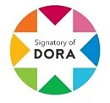
2.png)


